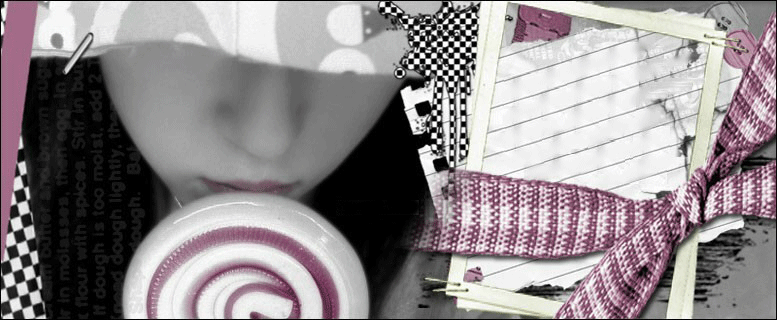Human incisors have thin, blade-like crowns which are adapted for the cutting and shearing of food. There are two incisors per quadrant, four per arch. The first incisor, the central incisor, is next to the midline. The second incisor, the lateral incisor, is distal to it.
Maxillary incisors by definition arise in the premaxilla (which is merged into the maxilla in humans); mandibular incisors are the teeth that articulate with them.
Maxillary Central Incisor Facial: It is the most prominent tooth in the mouth. It has a nearly straight incisal edge and a gracefully curved cervical line. The mesial presents a straight outline; the distal aspect is more rounded. Mamelons are present on freshly erupted, unworn central incisors.
Lingual: The lingual aspect presents a distinctive lingual fossa that is bordered by mesial and distal marginal ridges, the incisal edge and the prominent cingulum at the gingival.
Proximal: Mesial and distal aspects present a distinctive triangular outline. This is true for all of the incisors. The incisal ridge of the crown is aligned on the long axis of the tooth along with the apex of the tooth.
Incisal: The crown is roughly triangular in outline; the incisal edge is nearly a straight line, though slightly crescent-shaped.
Contact Points: The mesial contact point is just about at the incisal, owing to the very sharp mesial incisal angle. The distal contact point is located at the junction of the incisal third and the middle third.
Right and Left: Viewed from the labial, the distal incisal angle is more rounded than the mesial. In many specimens, a cross-section mid-root reveals a right triangle outline. The hypotenuse is toward the mesial.
Variation: The maxillary central incisor usually develops normally. Variations include a short crown or, on occasion, an unusually long crown. This tooth is rarely absent. The Hutchinson incisor is a malformation due to congenital syphilis in utero.
An important non-metric variation of the upper incisors is the shovel-shaped incisor trait. It presents with large, robust marginal ridges and a deep lingual fossa. This feature is significant in Chinese, Eskimo-Aleuts and North American Indians. It is an important clue to population movements, especially those peoples who moved into the Americas from Siberia since the end of the Ice Age.
Maxillary Lateral Incisor Facial: The maxillary lateral incisor resembles the central incisor, but is narrower mesio-distally. The mesial outline resembles the adjacent central incisor; the distal outline -- and particularly the distal incisal angle -- is more rounded than the mesial incisal angle, which resembles that of the adjacent central incisor. The distal incisal angle resembles the mesial of the adjacent canine.
Lingual: On the lingual surface, the marginal ridges are usually prominent and terminate into a prominent cingulum. There is often a deep pit where the marginal ridges converge gingivally. A developmental groove often extends across the distal of the cingulum onto the root, continuing for part or all of its length.
Proximal: In proximal view, the maxillary lateral incisor resembles the central except that the root appears longer -- about 1 1/2 times longer than the crown. A line through the long axis of the tooth bisects the crown.
Incisal: In incisal view, this tooth can resemble either the central or the canine to varying degrees. The tooth is narrower mesiodistally than the upper central incisor; however, it is nearly as thick labiolingually.
Contact Points: The mesial contact is at the junction of the incisal third and the middle third. The distal contact is located at the center of the middle third of the distal surface.
Right and Left: The distoincisal angle is more rounded than the mesial incisal angle. The tip of the root may incline distally, but this is not a consistent finding.
Variation: This tooth is quite variable. Often the tooth is narrow, conical and peg-shaped. It is absent either singly or bilaterally in 1-2 percent of individuals. Only the lower second premolar is more frequently missing.
The lingual pit when present can be very deep and is prone to early caries in many individuals.
Mandibular Central Incisor Facial: The mandibular central incisor is the smallest tooth in the dental arch. It is a long, narrow, symmetrical tooth. The incisal edge is straight. Mesial and distal outlines descend apically from the sharp mesial and distal incisal angles.
Lingual: The lingual surface has no definite marginal ridges. The surface is concave and the cingulum is minimal in size.
Proximal: Both mesial land distal surfaces present a triangular outline.
Incisal: The incisal edge is at right angles to a line passing labiolingually through the tooth, reflecting its bilateral symmetry.
Right and Left: The symmetry of this tooth makes a judgment on right and left unreliable.
Variation: This tooth is consistent in development and is rarely absent. The upper incisor region is a common site for supernumerary teeth which may occasionally occur in the midline; such a variant is called a mesodens.
Mandibular Lateral Incisor Facial: This tooth resembles the central incisor, but is somewhat larger in most proportions. It is a more rounded tooth; this is especially evident in the distal incisal angle in unworn specimens. There is a lack of the bilateral symmetry seen in the central.
Lingual: Except for the lack of symmetry, this tooth resembles the central.
Proximal: Like the central, the crown presents a triangular outline. When viewed critically, the rotation of the incisal edge can be seen.
Incisal: The incisal edge is 'twisted' from the 90 degree angle with a line passing labiolingually through the tooth.
Right and Left: Two significant features assist in identification, even in a worn tooth. The incisal edge is 'twisted' relative to a line passing from the labial to the lingual, anticipating the curvature of the dental arch. Also, the cingulum will be shifted toward the side from whence the tooth has come.
Variation: This tooth is stable, but variations in root length and direction are occasionally seen.






